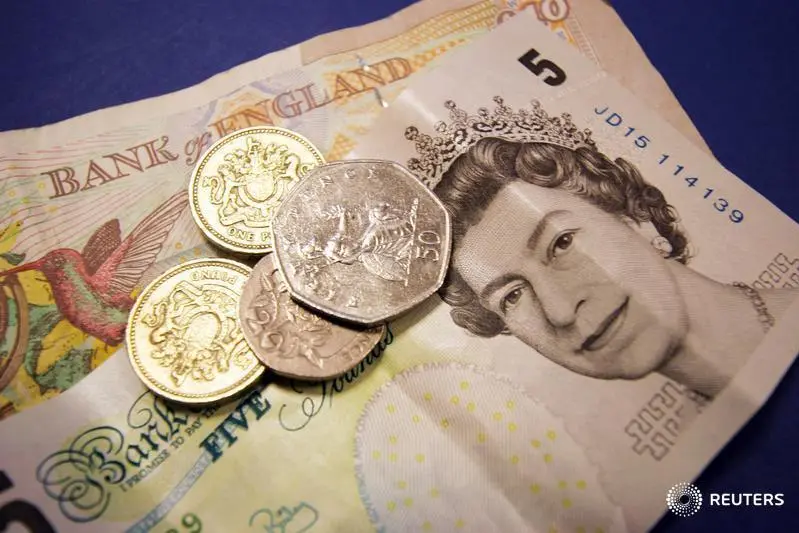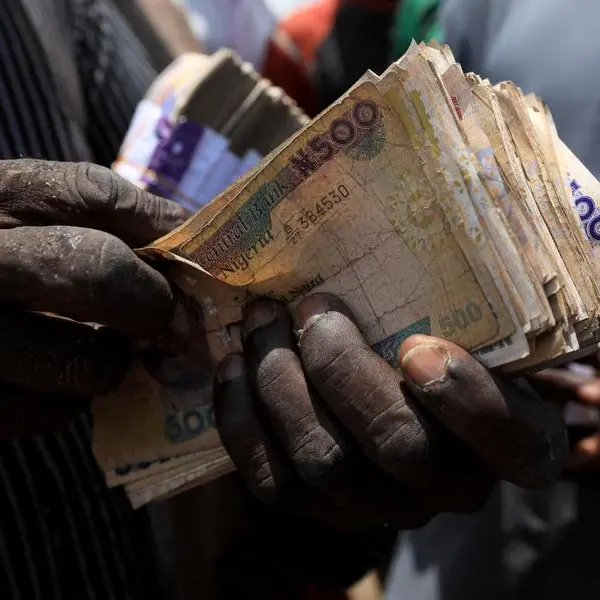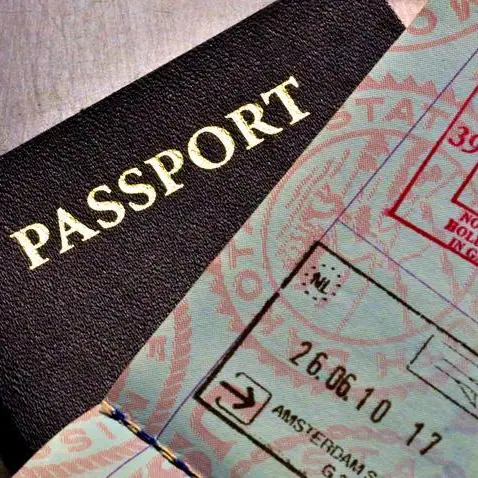PHOTO
(The author is editor-at-large for finance and markets at Reuters News. Any views expressed here are his own)
LONDON - Scottish secession from the United Kingdom has for many investors always been the second big risk to Britain from Brexit. The next few months may test that thesis.
After more than four years of wrangling with Brussels before Brexit was sealed in January, and 12 months of a pandemic, some gauges of UK economic uncertainty fell last month to their lowest since before the 2016 referendum on EU membership.
Sterling too returned to levels not seen since then.
And after years of avoiding British stocks and bonds in global portfolios, investors appear to be viewing the reality rather than the uncertainties of Brexit amid hopes for a vaccine-fuelled rebound from COVID-19.
That's driven domestically facing UK stocks back .FTMC to early 2020 highs, and speculators are long of pounds again at a level not seen for three years.
But the state of the union is likely to be back in focus after Scotland heads to the polls on May 6 for regional parliamentary elections.
Investment firms, including Credit Suisse on Thursday, cite another referendum on independence as a "key tail risk" for the UK banks at least, if not the wider economy.
If the governing Scottish National Party is returned with a hefty majority as expected, it has pledged to seek another vote on secession to match the one it lost narrowly 55%-45% in September 2014 - and it cites Scotland's popular opposition to Brexit as the premise for a re-run.
It needs the assent of the UK parliament in Westminster to do so and ruling Conservatives there are opposed to another vote. But the Edinburgh parliament could refer the issue to the UK Supreme Court to get a final ruling.
With perhaps bigger fish to fry with the coronavirus, vaccine races and Treasury budgeting for eye-watering government support bills, markets don't yet appear to have priced many risks.
Implied 3-month sterling volatility remains subdued at less than half the peaks of the past decade and a point below the mean of the past 20 years - even if roughly the level as at the time of the 2014 referendum.
That's partly due to a complex sequence of events needed to get from here to even the chance of another vote.
Will the SNP win in May If it does, will its majority be big enough to claim a mandate for another referendum How stiff will Westminster opposition be How would the courts rule and how soon could a vote be called anyhow Does Catalonia's failed 'go it alone' independence push rule out a unilateral move
STERLING AND RUMP UK
Although the SNP's lead in the polls ebbed this year over an inquiry into leader Nicola Sturgeon's handling of a court case involving former party chief Alex Salmond, the SNP is still widely expected to secure an overall majority in May and Sturgeon won a confidence vote in parliament this week.
But that's where the picture dims. Polling and bookies reckon the rest is too close to call. Opinion polls show only a 2-3 point lead for those wanting independence. Online betting firms show an evens chance of a successful vote to secede, although the favoured date for such referendum is as far away as 2025.
Two factors potentially insulating sterling are that - compared with Brexit and the pandemic at least - the disruption to trading in 2014 was relatively modest for a vote that ran so close right up until polling.
The location of key UK financial firms in Edinburgh makes the sector more vulnerable to a split - but even prices in that sector barely budged last time.
And there is debate about whether the pound would actually rise or fall if Scotland left the union.
Much like the debate on the impact on the euro from a Greek exit back in 2010, heavy budget deficits in Edinburgh may well mean a rump UK would be in a better fiscal position than previously and there may be capital flight south of the border to boot.
Ownership of North Sea oil fields may be a factor, but wild swings in oil prices since 2014 show how difficult it is to budget long-term for that.
Tom Clarke, portfolio manager at William Blair Investment Company, told Reuters recently that while there may be headline-driven volatility surrounding any referendum, he saw no fundamental reason why sterling ex-Scotland should be weaker.
A report by Jefferies economist David Owen in January said that while Scotland's economy did no worse than the rest of the UK during the pandemic, higher per-capita public spending meant its fiscal position was several percentage points poorer.
Owen estimated that up to 2017 at least Scotland was running a current account deficit of up to 7% of its national output and this would likely have deteriorated since.
That meant the only viable option would be a free-floating new currency in the 2-3 year period between independence and likely euro membership, but backed by substantially higher FX reserves than calculated back in 2014 - somewhere in the region of $60 billion.
And key those external accounts may be the fate of the financial sector. "The process would need to be managed to try and limit capital leakage south of the border," he concluded.
Breakup of the world's 5th largest economy may seem like a seismic event for already crisis-weary Britain. But how to trade around it seems far from obvious.
(The author is editor-at-large for finance and markets at Reuters News. Any views expressed here are his own)
(by Mike Dolan, Twitter: @reutersMikeD) ((mike.dolan@thomsonreuters.com; +44 207 542 8488; Reuters Messaging: mike.dolan.reuters.com@thomsonreuters.net))












